Get Started: Container Gardening
Container gardening is a versatile way to save space and maximize plant growth. You can handpick the best spot for your plants depending on the amount of sunlight they need, utilizing both indoor and outdoor space from the porch to the balcony to the window sill. Not only are plants accessible for your busy schedule but planting separately in containers avoids growing in contaminated soil. Read on to learn how to set up your container garden and some common errors to avoid!
LOCATION
Choose a sheltered spot that is somewhat shielded from windy conditions.
Place containers in area with 6-8 hrs of sun.
When placing pots near your house, south-facing walls can radiate heat for warm-weather crops.
CONTAINER
Drainage is the most important feature of any container you will use. Excess water must be able to drain out of the bottom of the container. Plants CAN drown if their roots are waterlogged. You do not want your plants sitting in water!
Make sure your container has drainage holes in the bottom.
Adding rocks or pot shards in the bottom is not a substitute for drainage holes and still risks becoming waterlogged.
DIY upcycling options include old buckets, wooden drawers, rubbermaid containers, milk jugs, large yogurt containers, etc.
You will need to drill or punch holes in bottom of these containers .
Plastic pots are more prone to drowning plants than clay or fabric pots. Clay and fabric "breathes” (allows some airflow) while plastic is impervious to evaporation.
POTTING MIX
Look for “potting mix” or “potting soil” rather than garden soil or topsoil.
DO NOT USE soil from your yard or garden. It is too heavy and can become “compacted” (lose air pockets) and is more likely to have weeds or pests.
DIY potting mix is often more economical at a large scale, such as for raised beds or large pots.
The mix will include 1 part peat moss (lightweight), 1 part vermiculite or perlite (improves drainage), 2 parts compost (adds organic matter), with additional fertilizer such as fish emulsion). You can find other potting mix recipes online.
COST-SAVING OPTIONS FOR FILLING CONTAINERS.
Fill the bottom ¼ of your container with organic material (dry leaves, pinecones, wood mulch) and then top with potting mix. For deeper root systems like tomatoes or root vegetables, make sure you have 12” of potting mix.
In tall raised beds (24” or more), the bottom 50-60% can be filled with untreated wood, logs, sticks, mulch, and leaves.
Alternatively, if you do not have extra yard waste, you may fill the bottom few inches (2-6”) of your container with inorganic material (i.e. packing peanuts, crushed soda cans, rocks, pot shards).
*NOTE* this will make your pot dry out more quickly be sure to water regularly.
WATERING
Pots require more frequent watering than garden beds. In hot and windy conditions, you will need to check and water plants daily, or even twice a day.
Make sure you water the soil at the base of the plant and not the leaves. This allows for more efficient absorption by roots.
Early morning and evening are the ideal times to water your soil.
COMMON ERRORS
Container is too small
Larger plants like tomatoes and peppers need at least a 10” diameter pot. Taller plants, which have deeper root systems, need taller pots of 12” or more.
Inconsistent watering
You want to maintain moist soil – not soggy or dry.
Container has poor drainage
Waterlogged roots can kill your plant! Make sure your container has drainage holes in the bottom.
Overcrowded container
Too many plants in a container have roots competing for space, water, and nutrients.
Inadequate sunlight
Most summer crops and flowers need 6-8 hours direct sun. Be sure to check your plant’s sunlight requirements before deciding where to place it.
Inadequate fertilizer
Vegetables tend to require more nutrients when grown in containers. Use a slow-release organic fertilizer such as worm castings, liquid fish emulsion, or seaweed fertilizer.


